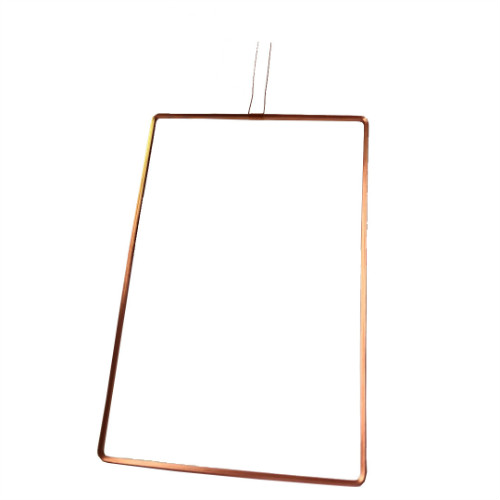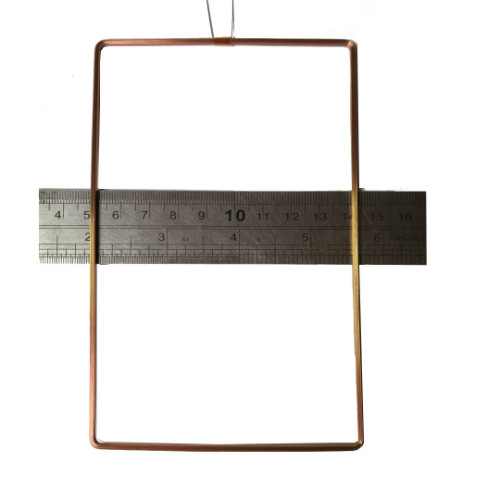Hollow core inductor coil is one of the commonly used components in household appliances, instruments and other electronic products. Hollow core inductor coil is an electronic component that works based on the principle of electromagnetic induction. Its electrical characteristics are opposite to capacitors, 'passing low frequencies and blocking high frequencies'. High frequency signals encounter significant resistance when passing through inductive coils, making it difficult to pass through; The resistance to low-frequency signals passing through it is relatively small, meaning that low-frequency signals can easily pass through it. The resistance of a hollow inductor coil to direct current is almost zero.

The main applications of hollow core inductor coils are induction reception, magnetic heads, high current coils, low-voltage electrical appliances, industrial operating appliances, focusing, magnetic cards, car electronics, SMT mounting, electronic navigators, power adjusters, mobile phones, wireless transceivers, stress sharing devices, and filters in electronic products or electronic accessories. It can be seen that the application of hollow inductor coils is very extensive.
Inductance is the ratio of the alternating magnetic flux generated in and around a wire when alternating current passes through it, the magnetic flux of the wire, and the current that generates that flux.
When DC current flows through an inductor, there are only fixed magnetic lines around it that do not change over time. However, when alternating current passes through the coil, the magnetic field lines around the hollow inductor coil will change over time. According to Faraday's law of electromagnetic induction - magnetic power generation, constantly changing magnetic field lines will generate an induced potential at both ends of the coil, equivalent to a "new power source". When a closed circuit is formed, this induced potential will generate an induced current.

Hollow inductor coils can be classified according to their basic composition, conductive core, and electrical insulation layer. Generally, according to the insulation materials and manufacturing methods used in the electrical insulation layer, it is divided into enameled wire, wrapped wire, enameled wire, and inorganic insulation wire. Coat the enameled conductor with the corresponding paint solution, and then make it by solvent evaporation, film curing, and cooling. Enamel wire can be divided into polyester enamel wire, polyester imide enamel wire, polyamide imide enamel wire, polyimide enamel wire, polyester imide/polyamide imide enamel wire, corona resistant enamel wire, oil-based paint, aldehyde paint, polyurethane enamel wire, etc. Sometimes classified according to the special purpose, such as self-adhesive enameled wire, refrigerant resistant enameled wire, etc.